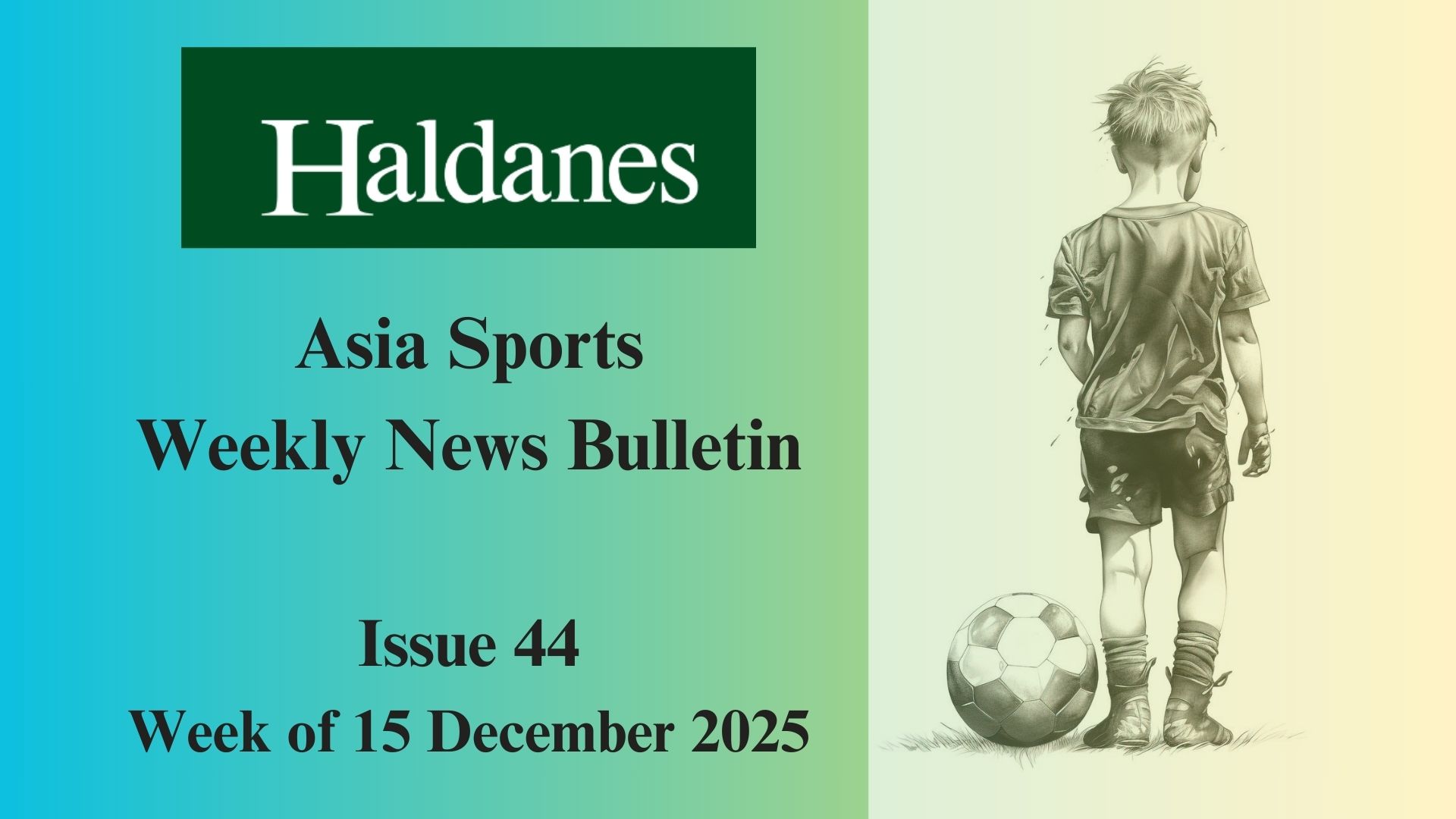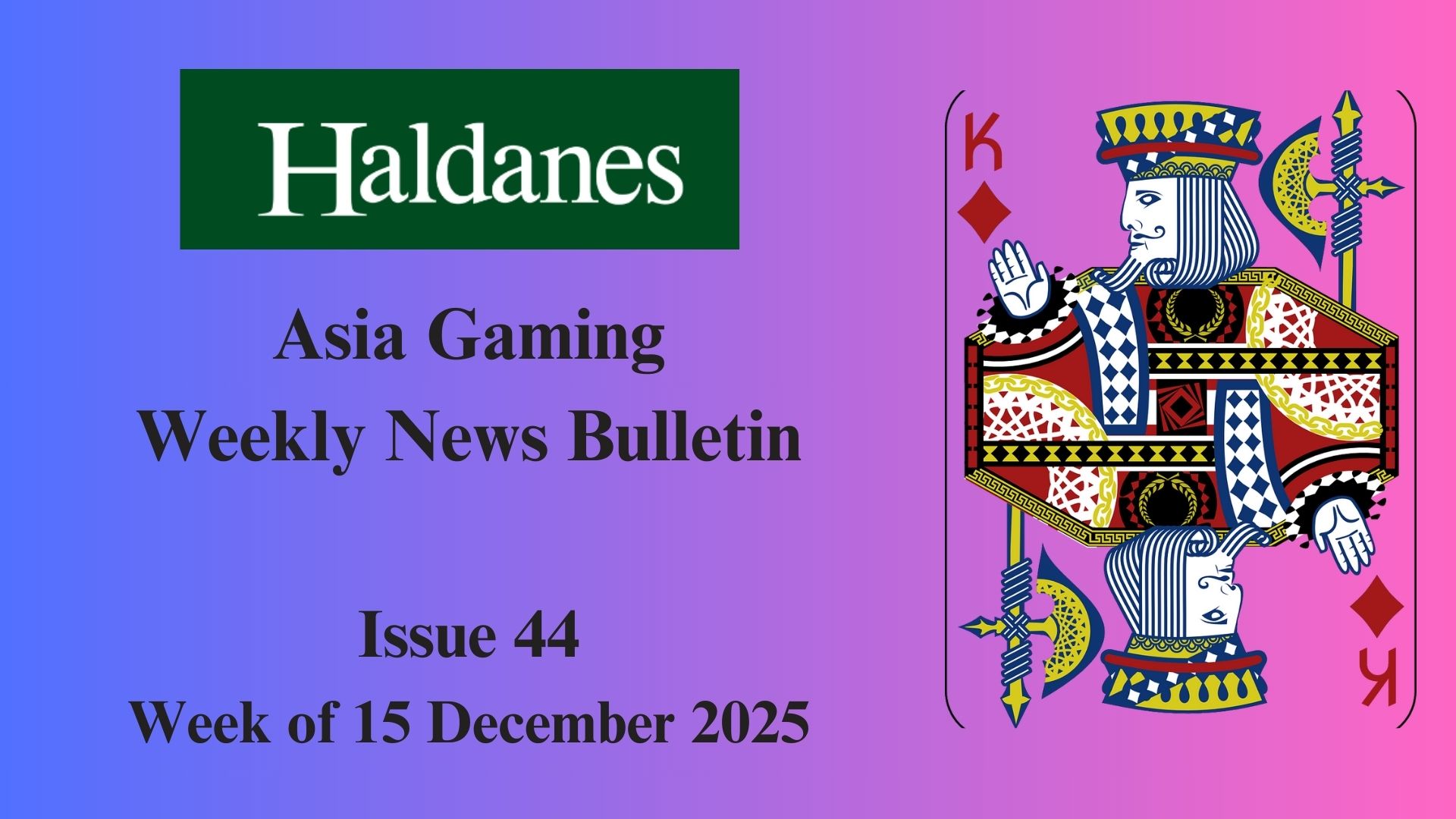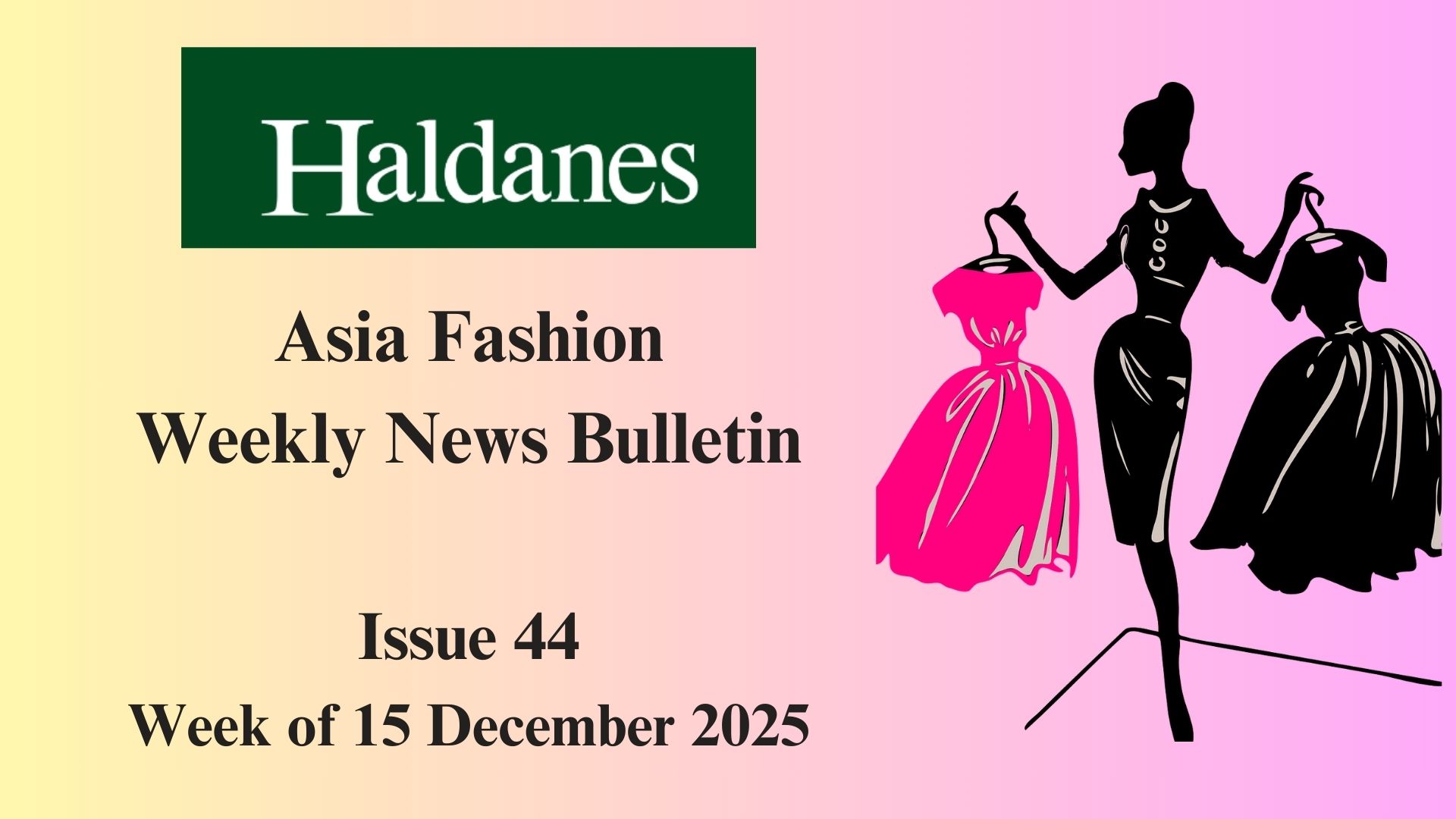Asia Art Weekly News Bulletin – ISSUE 37 Week of 20 October 2025
(1) Chow and Lin’s “Even If It Looks Like Grass” at Bounded Space, Beijing
Merging sociological research with visual form, Chow and Lin probed how global structures—poverty, food systems, data economies—materialize in the fabric of everyday life.
(2) Outrageous, subversive, often nude … Ewa Partum’s art arrives in Hong Kong
Ewa Partum kissed strangers, aged herself on stage, and scattered propaganda letters across Poland. Now, her first Asia show is in Sheung Wan.
(3) Art Jakarta fair defies weak market and recent social unrest with impressive turnout
The Art Jakarta fair in the Indonesian capital was unaffected by recent protests in the city, with 75 international galleries taking part.
(4) Pemberton Asset Management Buys Bonhams from Private Equity Firm Epiris for Undisclosed Sum
Pemberton Asset Management, a European private credit manager, has acquired Bonhams from private equity firm Epiris for an undisclosed sum, marking the latest ownership change for the 232-year-old auction house.
(1) Chow and Lin’s “Even If It Looks Like Grass” at Bounded Space, Beijing
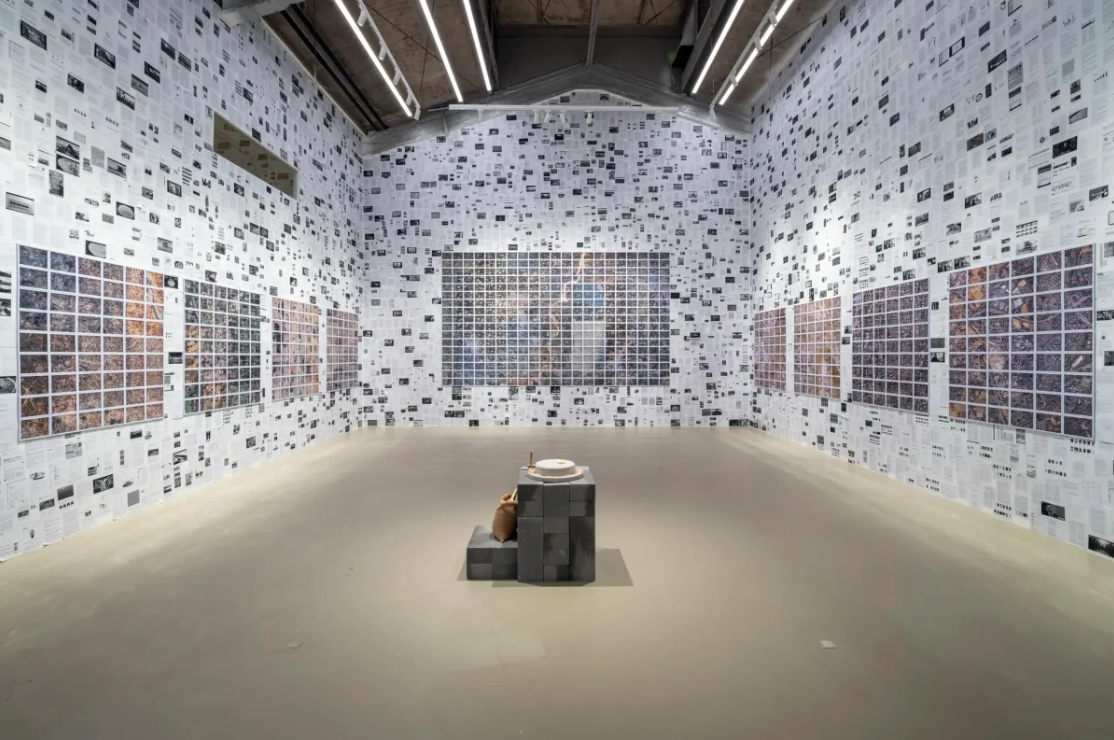
(Photo Credit: CHOW AND LIN’s Even If It Looks Like Grass)
Chow and Lin’s exhibition “Even If It Looks Like Grass” at Bounded Space (2023–2025) centers on 11 large-scale aerial photographs of global wheat-producing regions and data centers, deliberately fragmented into grids to disrupt the illusion of seamless satellite imagery. The installation immerses viewers in a multi-scalar experience, with over 4,000 research papers covering three walls, forcing physical engagement through binocular telescopes to decipher details, while a stone grain grinder in the gallery’s center invites tactile participation, symbolizing the transformation of raw sustenance into systemic infrastructure.
The duo, photographer Stefen Chow and economist Huiyi Lin, merge visual art with economic sociology, tracing wheat’s 10,000-year history alongside modern data economies. Their archival approach juxtaposes academic studies with pop culture fragments (e.g., e-commerce snapshots, TV drama screenshots), highlighting how wheat and data intersect with consumption, power, and ethics. Projects like The Poverty Line (2010–present) translate sociological metrics into visceral imagery, such as comparing wheat products’ cost across global cities against local newspapers, making abstract systems tangible through lived experience.
In Decentralized Value Systems (2025), a Huawei smartphone encircled by 456 bottles of wheat-based Erguotou liquor visualizes economic absurdity—equating tech and agricultural commodities at identical prices. Set in Beijing (where food expenditure is minimal), the exhibition underscores fragile global infrastructures despite local abundance. The concluding Everything I Own (2025) envelops the space with industrial bread scent and audio of consumption, collapsing intimacy into broadcast, leaving audiences suspended between bodily reality and systemic abstraction.
News Source: https://www.artasiapacific.com/shows/chow-and-lins-even-if-it-looks-like-grass-at-bounded-space-beijing/
(2) Outrageous, subversive, often nude … Ewa Partum’s art arrives in Hong Kong
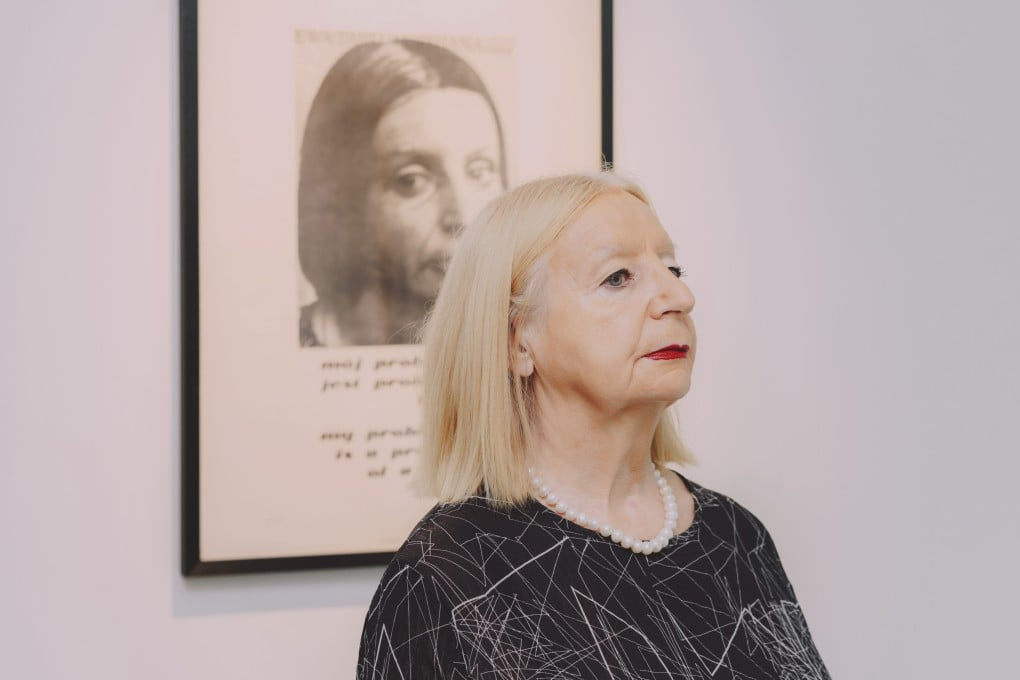
(Photo Credit: Jocelyn Tam/ SCMP)
Ewa Partum, an 80-year-old pioneering Polish conceptual artist, challenges patriarchal norms through performances like her 1981 work where she embodied a “drunken woman” in high heels and red lipstick, blurring reality and art to critique gender stereotypes. Her exhibition “Ewa Partum: Conceptual Feminism” at Hong Kong’s Double Q Gallery showcases her subversive legacy, including My Touch is a Touch of a Woman (1971), where she used lipstick marks as poetic traces of female presence, reflecting her lifelong defiance against authority and societal constraints.
Partum’s work actively confronted Poland’s oppressive 1970s–80s regime, as seen in Active Poetry (1971), where she scattered propaganda letters in public spaces to unravel state-controlled narratives, and The Legality of Space (1971), where she subverted official prohibitions with ironic signs like “permitting prohibited.” Despite censorship—such as the ban on her Self-Identification (1980) series superimposing her nude body onto Warsaw’s public scenes—she founded Adres Gallery to foster artistic solidarity amid limited access to global art movements.
Nudity in Partum’s practice, as in My Problem is a Problem of a Woman (1979), where makeup artists aged half her body live, exposed systemic biases against women and aging. Her vow to “appear naked until women gain rightful status in art history” underscores her commitment to feminist change through radical, often absurd, gestures. Though her goal remains unfulfilled, her work continues to inspire global conversations on gender equality and artistic freedom.
News Source: https://www.scmp.com/postmag/culture/article/3329417/outrageous-subversive-often-nude-ewa-partums-art-arrives-hong-kong
(3) Art Jakarta fair defies weak market and recent social unrest with impressive turnout
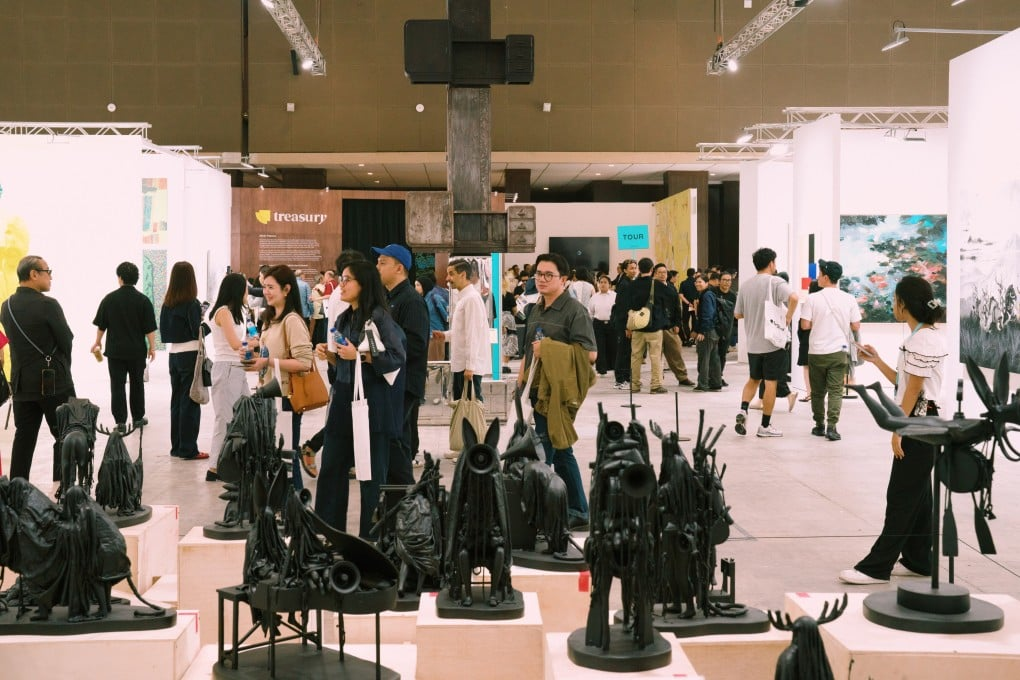
(Photo Credit: Art Jakarta)
The 15th edition of Art Jakarta proceeded successfully in early October despite recent political unrest in Indonesia—marked by deadly protests over lawmakers’ allowances—attracting 37,899 visitors, a turnout comparable to previous years. Against a backdrop of global art market decline (12% drop in 2024 per Art Basel/UBS report), the fair featured 75 galleries, including 15 new international entrants such as Esther Schipper, TKG+, and Kaikai Kiki Gallery, with none withdrawing despite local tensions.
Galleries largely avoided direct references to recent protests, focusing instead on regional artistic dialogue. Esther Schipper highlighted Asian-heritage artists like Anicka Yi and Simon Fujiwara, while newcomer Ara Contemporary presented politically nuanced works such as Irfan Hendrian’s election-critical installation Dodecagon Corrugated Metal Fencesand Ipeh Nur’s award-winning video piece The Waves Haven’t Slept. Other galleries, like Baik Art and Sewu Satu, subtly engaged with social issues through works addressing censorship and youth involvement in demonstrations.
The fair’s sustainability relies on a growing, increasingly young collector base, with new interest from China, South Korea, and Japan. Director Tom Tandio’s ecosystem-building efforts—through initiatives like One Piece Club and the upcoming Art Jakarta Papers fair in 2026—aim to nurture long-term engagement via studio visits and international access. With Museum Macan noting a shift toward Gen Z audiences, Art Jakarta is positioned as a key driver of Indonesia’s evolving art scene.
News Source: https://www.scmp.com/lifestyle/arts/article/3329391/art-jakarta-fair-defies-weak-market-and-recent-social-unrest-impressive-turnout
(4) Pemberton Asset Management Buys Bonhams from Private Equity Firm Epiris for Undisclosed Sum
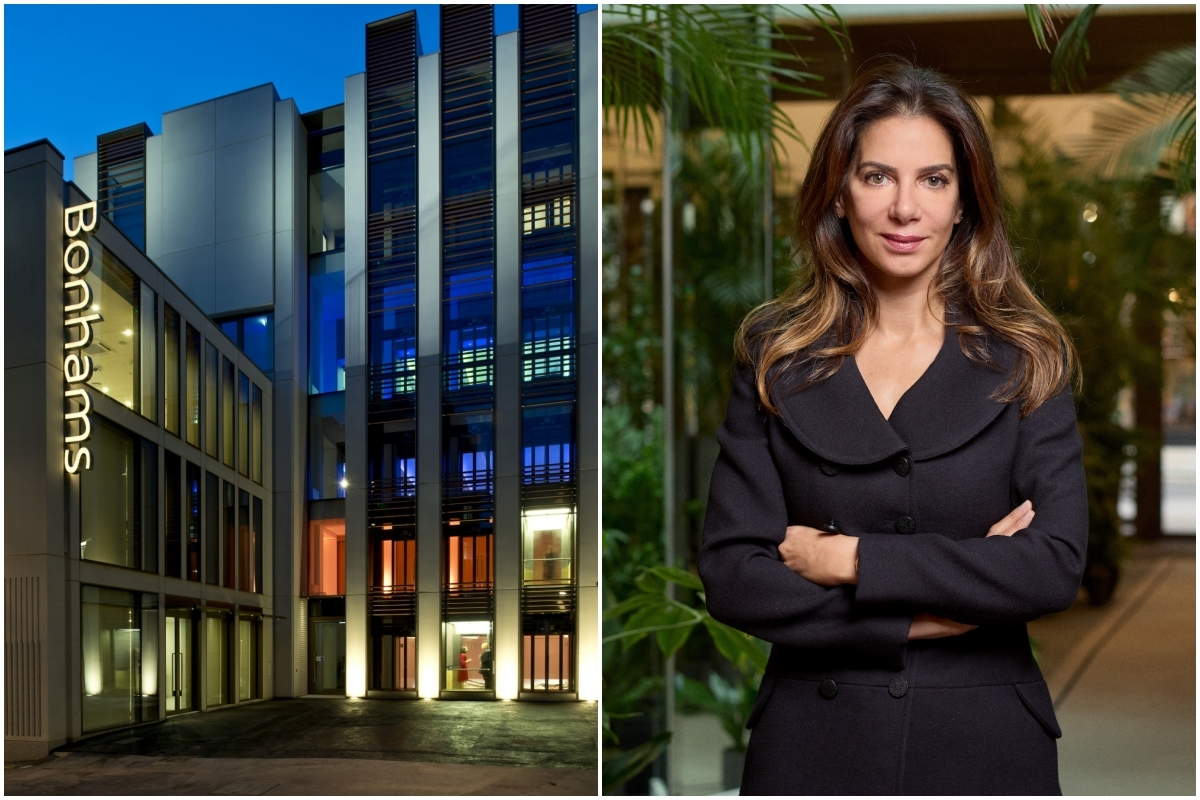
(Photo Credit: Bonhams in London/Global CEO Chabi Nouri/ARTnews)
European private credit manager Pemberton Asset Management has acquired the 232-year-old auction house Bonhams from private equity firm Epiris for an undisclosed sum, marking a strategic ownership transition backed by Legal & General. The move resulted in the departure of Bonhams’ global CEO Chabi Nouri and Chief Commercial Officer Céline Assimon, while Chairman Hans-Kristian Hoejsgaard remains to oversee the transition, welcoming a new leadership team including CEO Seth Johnson, CFO Liese Thomas, and COO Jennifer Babington.
Epiris, which acquired Bonhams in 2018, drove significant expansion by integrating regional auction houses like Bukowskis (Nordic), Skinner (New England), Rasmussen (Danish), and Cornette de Saint Cyr (French), growing its global sales rooms to 14 locations including Hong Kong, Los Angeles, and Paris. Despite Epiris’s attempted 1billionsalein2023(followingBonhams’1 billion+ 2022 revenue), the deal initially stalled, reflecting long-term strategic patience as emphasized by former CEO Bruno Vinciguerra’s vision of 20-year growth.
Pemberton’s acquisition eliminates Bonhams’ debt and provides “balance-sheet strength and strategic flexibility,” leveraging its experience in repositioning iconic brands and relevance to Bonhams’ sectors and regions. Hoejsgaard highlighted Bonhams’ resilience amid market challenges, crediting technology investments, global expansion, and a diversified 60-plus-department offering for sustaining profitability, with the new partnership poised to reinforce its mid-market leadership and long-term ambitions. Epiris declined comment on the transaction’s financial terms or rationale.
